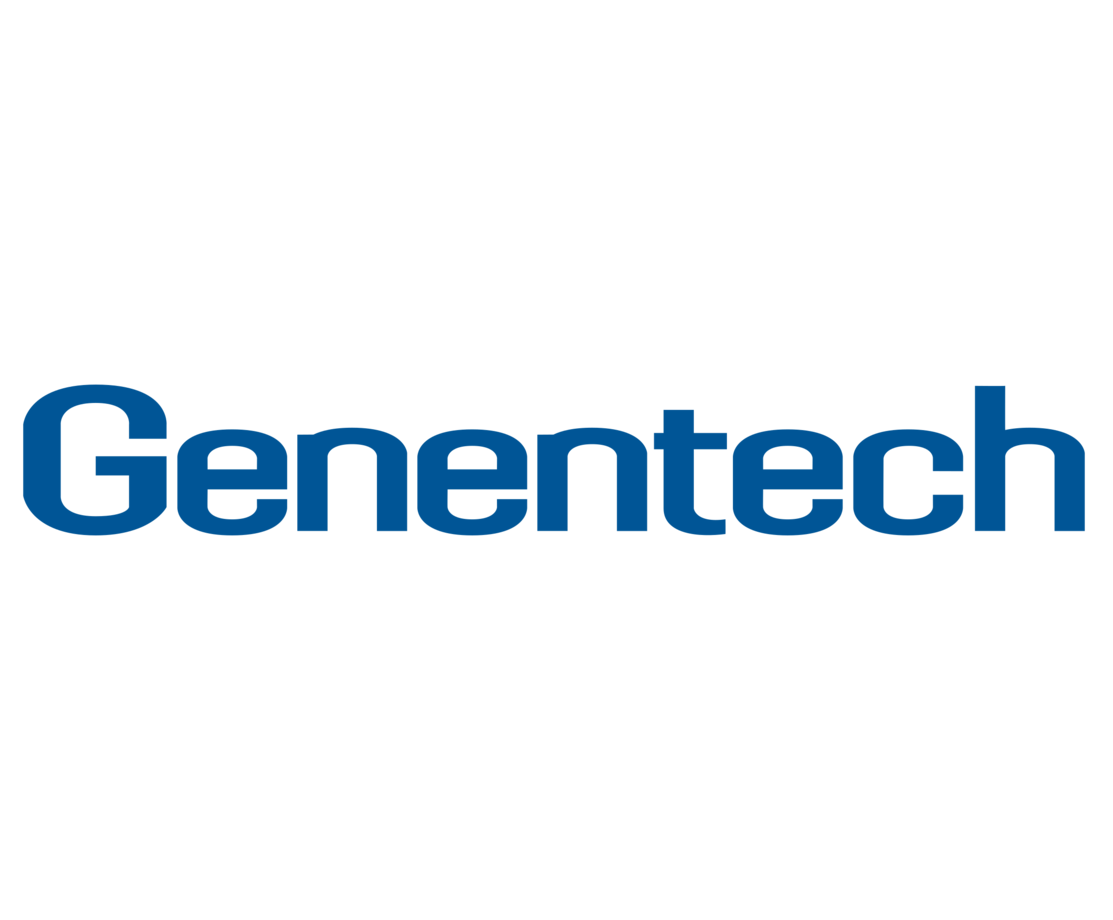Article
Faricimab Demonstrates Therapeutic Potential in Patients with nAMD
Author(s):
Patients treated with the bispecific antibody at fixed intervals of 16 weeks achieved visual acuity outcomes comparable to 8-week interval treatment of aflibercept.

New data from Genentech indicates that faricimab can extend time between treatments for people living with neovascular age-related macular degeneration (nAMD).
The investigational bispecific antibody is the first of its kind designed for the eye and that targets angiopoietin-2 (Ang-2) and vascular endothelial growth factor-A (VEGF-A).
According to the data, which were analyzed from 2 identical global Phase III studies, TENAYA and LUCERN, those who received faricimab injections at fixed intervals of 16 weeks achieved visual acuity outcomes non-inferior to those receiving aflibercept every 8 weeks.
Furthermore, 45% of the patients in both studies received faricimab every 16 weeks during the first year of treatment.
The primary endpoint in the studies was average change in best-corrected visual acuity (BCVA) score from baseline through week 48.
Secondary endpoints included safety; the percentage of participants in the faricimab arm receiving treatment every 8, 12 and 16 weeks; the percentage of participants achieving a gain in 15 letters or more in BCVA from baseline over time, and the percentage avoiding a loss from baseline; as well as change in central subfield thickness from baseline over time.
“This is the first time this level of durability has been achieved in a Phase III study of an injectable eye medicine for nAMD,” the press release noted.
Faricimab was also considered well-tolerated across both studies, and the investigators noted no new or unexpected safety concerns.
“We have now seen positive and consistent results in 4 Phase III studies for faricimab across both neovascular age-related macular degeneration and diabetic macular edema (DME),” said Levi Garraway, MD, PhD, chief medical officer and head of Global Product Development, Genentech, in a statement.
“We look forward to submitting these data to global regulatory authorities, with the aim of bringing this promising treatment option to patients as soon as possible.”
The positive results from the TENAYA and LUCERN studies continued to add support for the therapeutic potential of faricimab.
In December 2020, Genentech had announced results from the Phase III YOSEMITE and RHINE studies, which examined the efficacy of the bispecific antibody in patients with DME.





